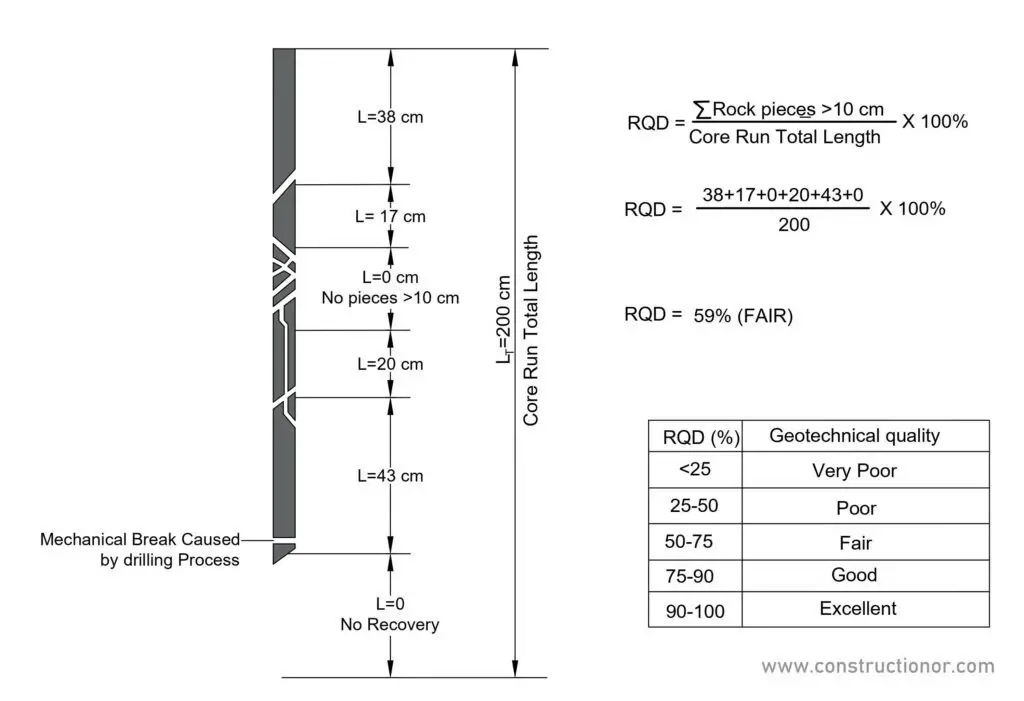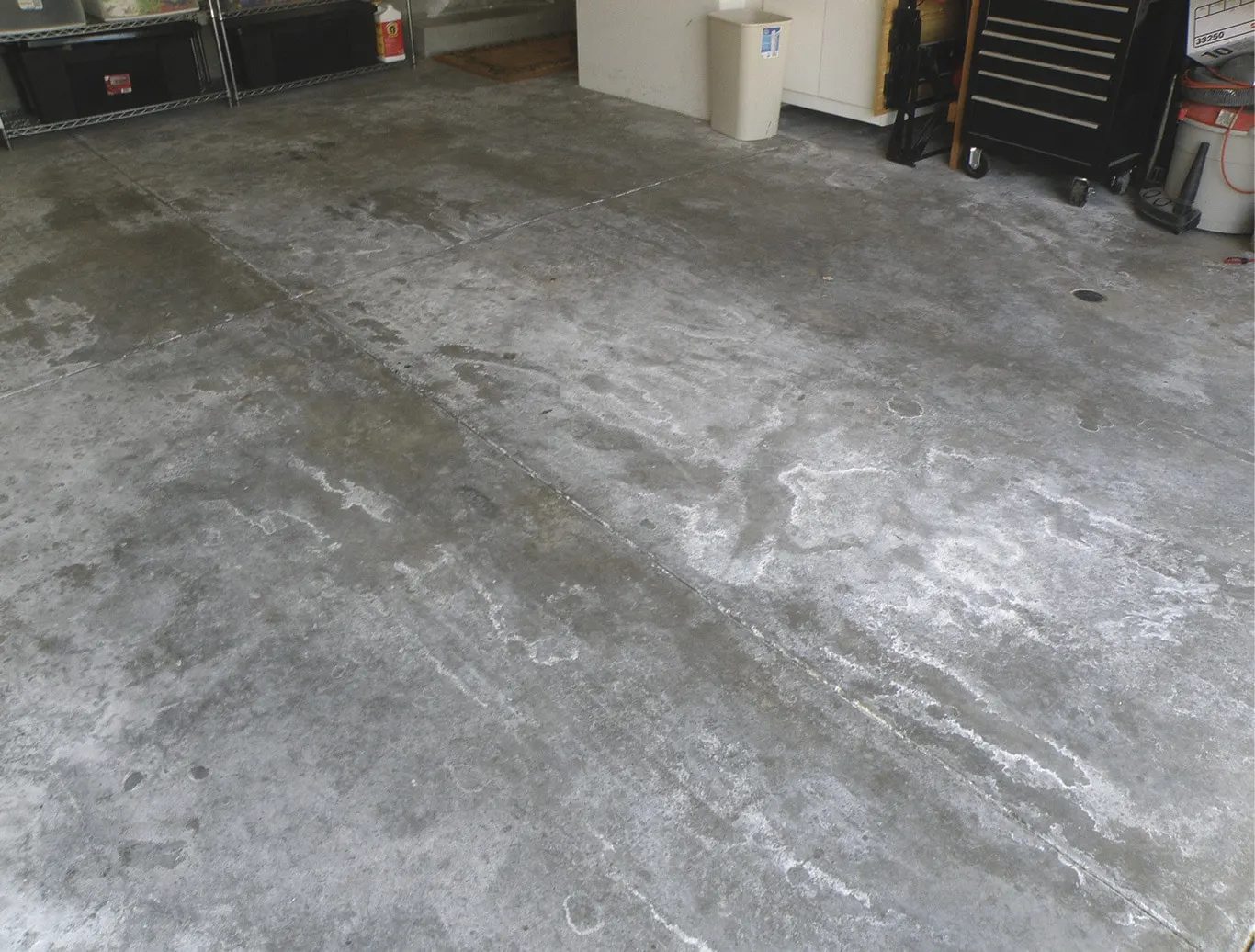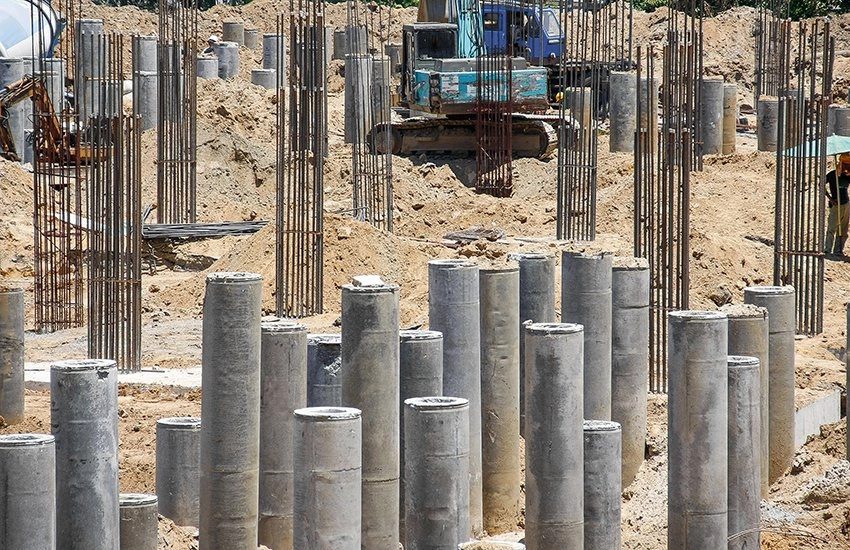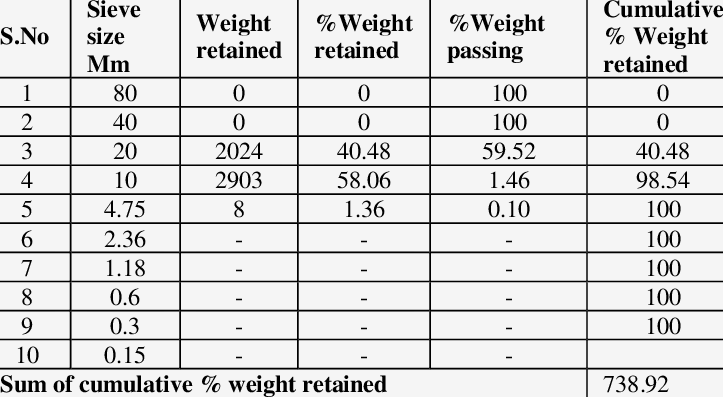A mixture of aggregates and cement paste is mainly concrete, cement is a component of concrete whereas aggregates are sand, gravel, and crushed stone, and the paste is Portland cement and water.
As the concrete becomes older it becomes stronger, the amount comprising 10 to 15% of the concrete mixture by cement.
What is the difference Between Cement and Concrete?
| Cement | Concrete |
| Cement is made of clay & limestone. | Concrete is made of water, sand, rocks, and cement. |
| Cement is glue or binding material. | Concrete is a building material. |
| Cement can only mix in small batches. | Concrete can be mixed in large quantities. |
| Cement cannot be used in walls and sidewalks. | Concrete is strong for walls, pavements and foundations. |
| Chemical compounds can be alternately changed in colour and drying time. | Using tint, the colour can only be changed. |
| Cement is used in mortar and concrete. | The final product is concrete. |
| Before concrete, cement was created. | After cement concrete was developed. |
cement and concrete:
Cement:
Cement is a substance that acts as a binder between materials used for building that sets, hardens and adheres to different materials that bind them collectively.
A mixture of cement, fine aggregate and coarse aggregate makes concrete which is used for columns, beams and slabs etc.
The mixing of water with cement produces heat known as hydration.
Types of Cement:
Hydraulic cement:
It can be harsh under water or when exposed to continuous wet weather.
Hydrates lead to chemical reactions that are not very water soluble and subsequently fairly durable in water.
Portland cement and modified cement are hydraulic cement as a result of they do not require further pozzolanic materials for developed water-resisting materials.
Non-hydraulic cement:
Non-hydraulic cement reacts with water to form a concrete that is not steady in the water, it does not harden beneath the water.
This cement when mixed with water hardens because of the reaction of carbonation inside the presence of carbon dioxide naturally present inside the air.
Lime and gypsum are examples of non-hydraulic cement.
Uses of cement:
The major works of civil engineering in which cement is used in the above forms are as follows:
- Cement is used in the construction of buildings & highway slabs.
- The construction of dams, retaining wall, construction of bridges (large-scale concrete).
- Marine structures and other underground works.
- Canal lining culverts or structures where the surface is exposed to severe sulfate action.
- Also used in terrazzo surface, face plasters, decorative works.
- Thus, cement is used to construct buildings, road pavements, bridges, underground and overhead water reservoirs, chimneys, marine structures, water pipes and sewers, runways, dams, tunnels, shells, domes, etc.
There are 3 grades of cement available in the market:
- 33 Grade OPC
- 43 Grade OPC
- 53 Grade OPC
Also read: Difference between 33 43 and 53 Grades of Cement
Concrete:
A mixture of cement, sand, coarse aggregate and water is known as concrete.
The provision of reinforcement in concrete is known as reinforced concrete, without reinforcement in concrete is known as plain cement concrete.
Types of concrete:
High performance concrete: It is tough, highly practical, long life in severe environments.
Normal concrete: It is also called normal weight concrete or normal strength concrete.
High strength concrete: It has high compressive strength.
Air Entrance Concrete: It is used where concrete is vulnerable to cold and thawing.
Light weight concrete: It has less mass volume.
Self-compacting concrete: It is used where no vibration is required; concrete is compressed due to its weight.
Shotcrete: It uses compressed air to shotcrete concrete onto a frame or structure.
Deformed concrete: It allows water to drain naturally through it
Roller compact concrete: It is compacted using large heavy rollers, commonly used in earthworks.
Uses of concrete:
- Concrete is a permanent option for cement for residential and commercial projects.
- The strength of concrete will increase over time.
- Concrete can maintain climate conditions and it is simple to maintain.
- It is budget-friendly to make use of all over the place.
- It is simple to restore and energy-efficient.
- The concrete is secure for occupants.
- Concrete is an inert material that does not rot, mildew, or feed rot.
- Its superior structural integrity provides a further degree of safety from the extreme climate as well as earthquakes.
- Concrete is constructed from locally available materials and leaves a small environmental footprint whereas offering high-level durability.
- It is used as a granular material in roadbeds or when constructing new concrete.
- Concrete is fireplace resistant, it can resist excessive ranges of flames and heat which is an efficient choice of the roof within the storage room.
- Concrete can be formed into numerous forms when freshly blended.
The following are the types of concrete admixture based on strength:
- M5 (1:5:10)
- M7.5 (1:4:8)
- M10 (1:3:6)
- M15 (1:2:4)
- M20 (1:1.5:3)
- M25 (1:1:2)
- M30 (1:0.75:1.5)
- M35 (1:0.5:1)
- M40 (1:0.25:0.5)
Also read: Difference between mortar vs concrete
Conclusion:
Normally, a binder that holds different materials tightly is known as cement and a mixture of small rocks with sand, gravel, any kind of cement and water is known as concrete.










wonderful info
thanks.